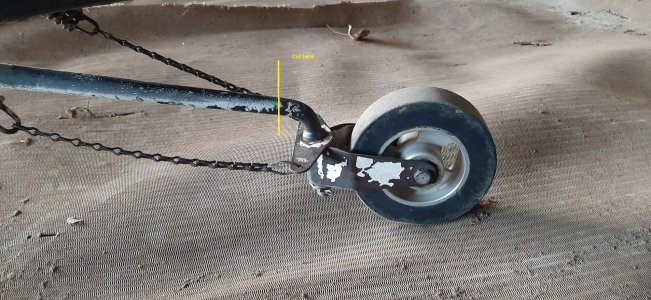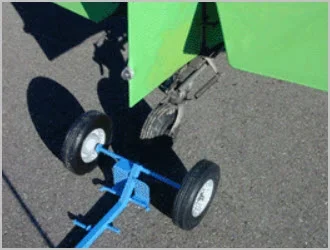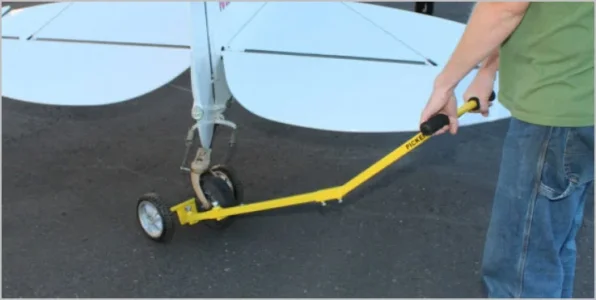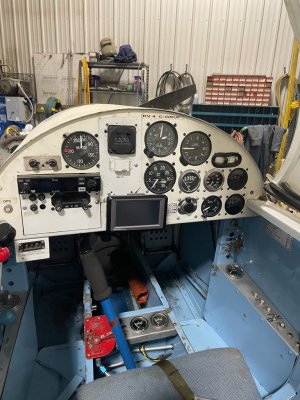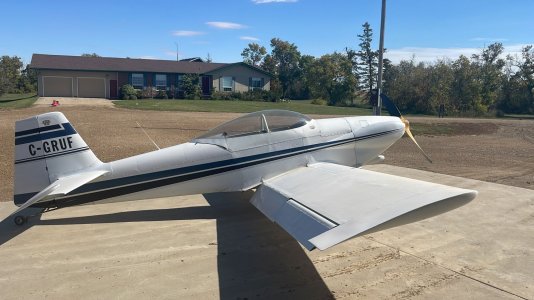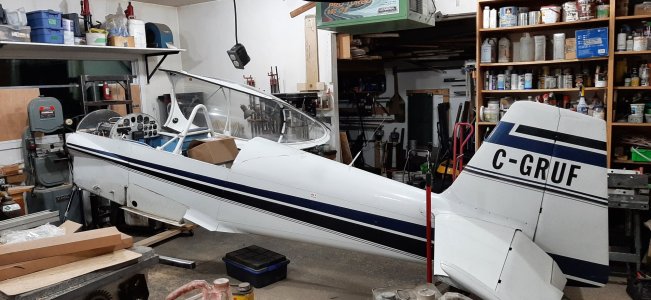In previous posts, I have found there is some interest in aircraft. As I venture into the rebuilding of mine, I thought I might post questions, comments or updates here. I don't know if there will be much machining oriented aspects, but one of the first projects is.
The plane is a "taildragger", small wheel on the back instead of the front. Originally, the tailwheel only pivots side to side a bit. It is connected to the rudder via cables and springs so that when taxiing, directional control is via the rudder pedals and differential braking. But if you need to push the plane backwards, ie, put it into the hangar, or do a 180 degree turn on the spot, the limited rotation of the rear wheel hinders that. A common upgrade is to replace the tailwheel mechanism with a fully rotational one.
It is a kit available from 3rd parties. It requires cutting off of the bar (tail spring) and installing a new tail wheel bracket.
Soooo, the question is...after cutting the spring, I need to put it in the lathe and turn it to fit the new bracket. But it is tapered. The only way I can think of keeping it firm in the chuck is to play around with shims. Or use the spider at the left end of the spindle, if the spring is long enough. Is one of these the way? I included a photo of my tailwheel and the instructions with the kit.
The plane is a "taildragger", small wheel on the back instead of the front. Originally, the tailwheel only pivots side to side a bit. It is connected to the rudder via cables and springs so that when taxiing, directional control is via the rudder pedals and differential braking. But if you need to push the plane backwards, ie, put it into the hangar, or do a 180 degree turn on the spot, the limited rotation of the rear wheel hinders that. A common upgrade is to replace the tailwheel mechanism with a fully rotational one.
It is a kit available from 3rd parties. It requires cutting off of the bar (tail spring) and installing a new tail wheel bracket.
Soooo, the question is...after cutting the spring, I need to put it in the lathe and turn it to fit the new bracket. But it is tapered. The only way I can think of keeping it firm in the chuck is to play around with shims. Or use the spider at the left end of the spindle, if the spring is long enough. Is one of these the way? I included a photo of my tailwheel and the instructions with the kit.

